We are your gear guide gurus and we know packing can be stressful. I have gone through moments where I know I DEFINITELY forgot something. As an elopement photographer, there is not ANY room to forget. So how do photographers travel with their gear? First, they follow our international packing guide for photographers!
Here’s what you need to know BEFORE you travel.

Work Visas
If you will be abroad for more than 90 days within any 180-day period, you will need to apply for a work visa.
Every country also has its own employment laws, rights granted to non-EU citizens, and stipulations for granting residence permits based on work visas. Every European country has its unique permit process to work in Europe. However, your process will likely involve most of the following documentation:
- Proof of accommodation (rental lease or proof of real estate purchase)
- Verifiable employment contract with a local company
- Proof of language proficiency (usually up to B1 language standards, unless the company primarily uses English as their language for communication)
- Travel medical insurance covering at least six months after arriving
If you are staying less than 90 days, you should be good but check with your visiting country first.
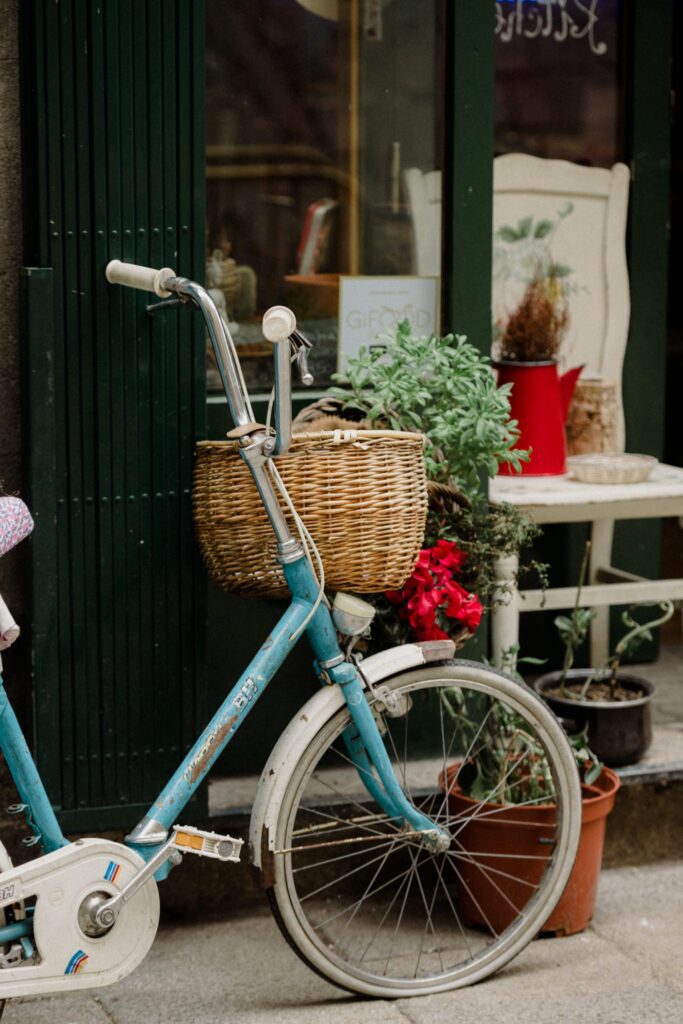
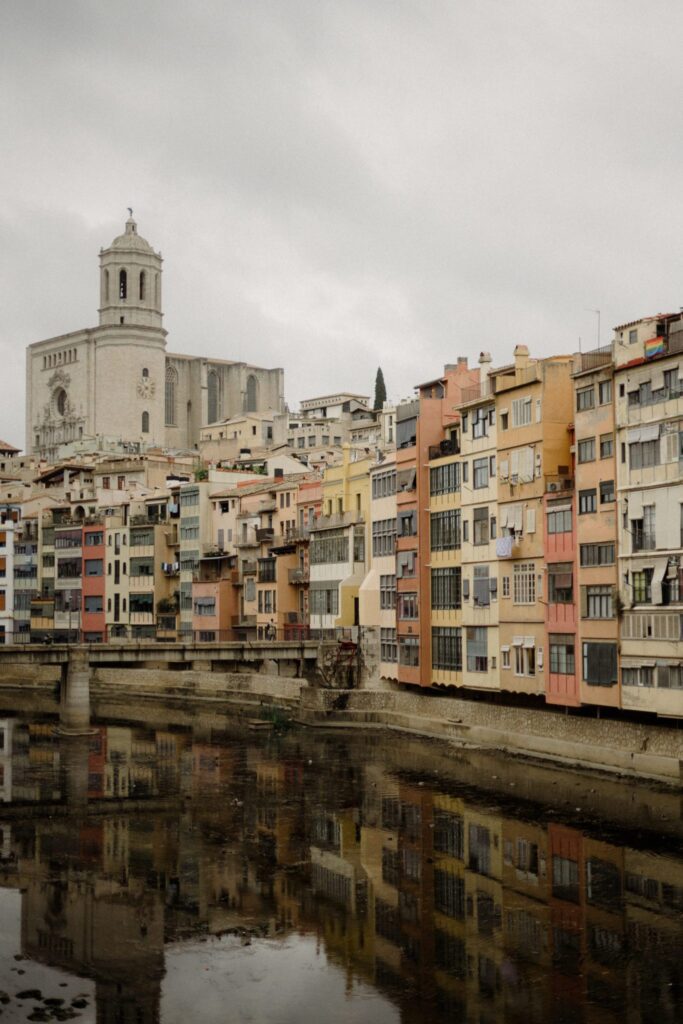
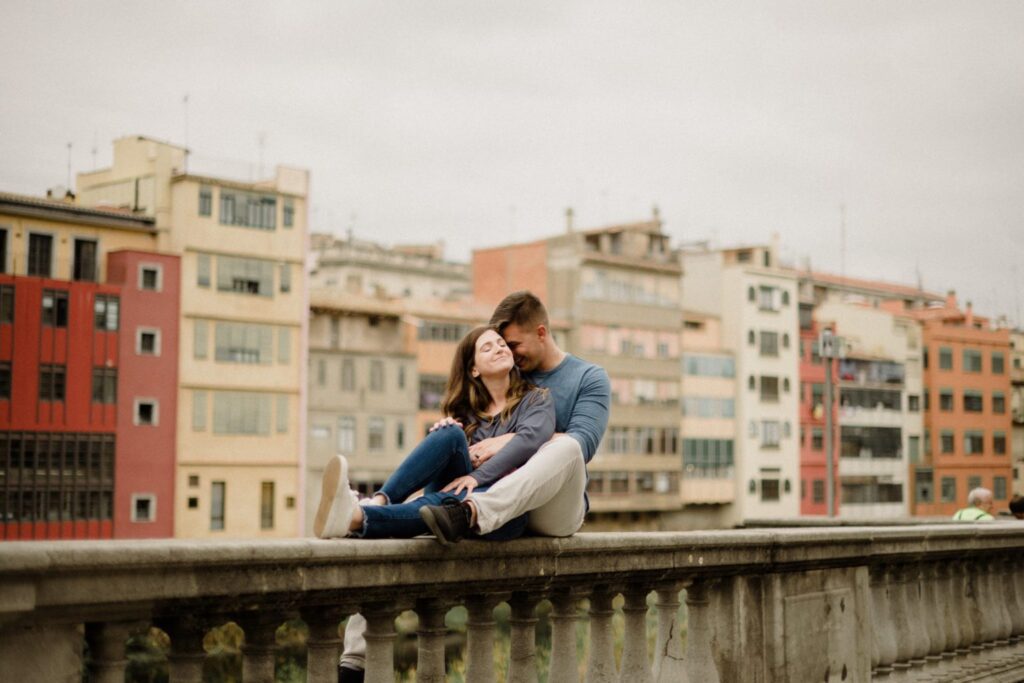
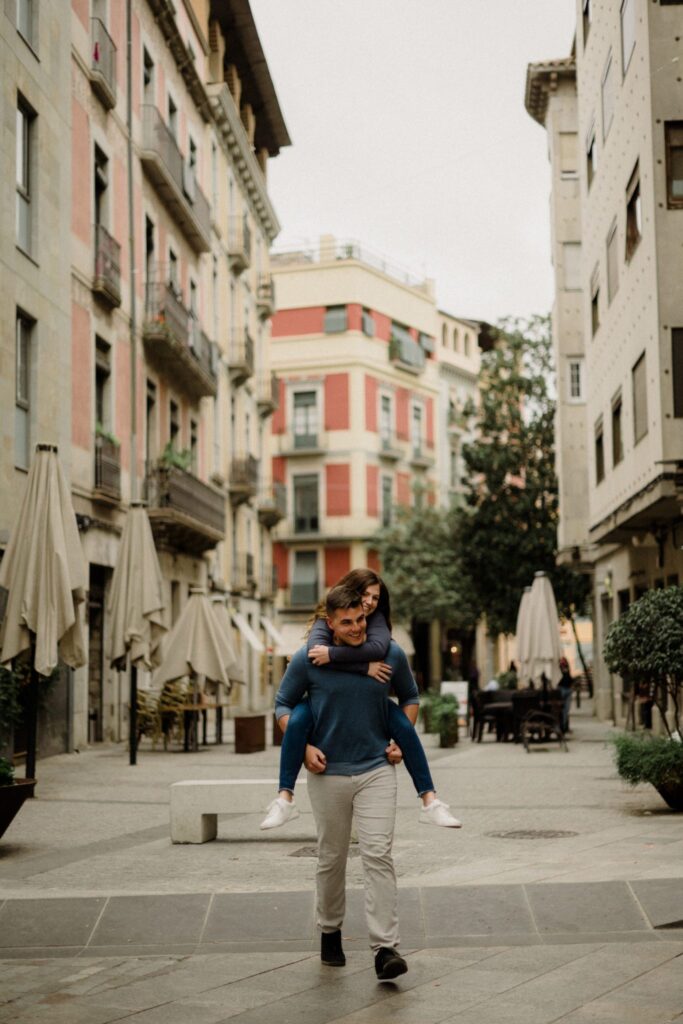
Travel Essentials in our International Packing Guide for Photographers
Once again, let’s discuss what you need before you even get to the airport. Check your international airline’s carry-on size restrictions.
International carry-on sizes are generally smaller than the US domestic limit of 22 x 14 x 9 inches or 45 linear inches. Carry ons for international flights are usually between 22 and 15.7 inches tall, with varying depth and width limits. Check your actual flight and visit their international airline website for the specifics. Follow their guidelines instead of the U.S. take it from the woman who had to wear her blanket as a jacket, better to have the space and not need it then need the space and literally wear the difference.
Another pro tip – make sure you get a good boarding position so you can claim overhead space. The last people on the plane hear that “there is no overhead space, please see the attendant to check your bag”. Noooo, especially if you haven’t packed for that, don’t let it happen to you.
Our Carryon Bag Recommendations
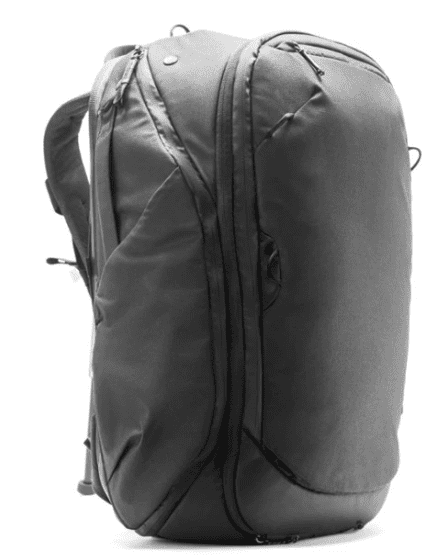
The Everyday Backpack is built around access, organization, expansion, and protection. Talk about a name that calls it like it sees it. We actually do use this backpack nearly every damn day. Its magnetic latch hardware provides quick top access and features dual side access via two weatherproof UltraZips. Perfect for true adventurers! Carry your camera and accessories comfortably!
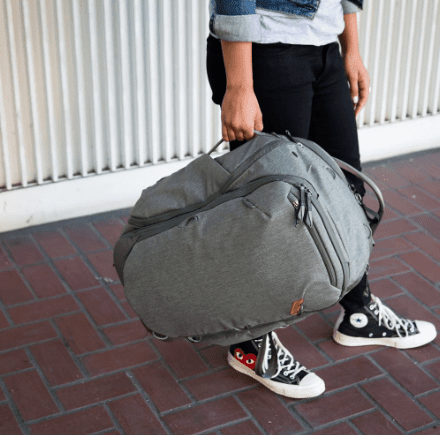
Our second option is also from Peak. They understand photographer needs well! Travel Backpack 45L features adapt to your needs from moment to moment. A rugged, expandable, and brilliantly accessible carry-on travel backpack. It meets international carry-on size requirements, but expands to be a 45L gear-hauler and collapses to be a 35L day bag, making it unmatched for 1-bag travel. Quick-access pockets for keys, glasses, passport, etc. Hugely expandable side pockets for water bottles, tripods, and more.
If you are looking for more of our favorites, check out our Ultimate Gift Guide for Elopement Photographers!
Now that you know the size of your carry on, let’s pack it!


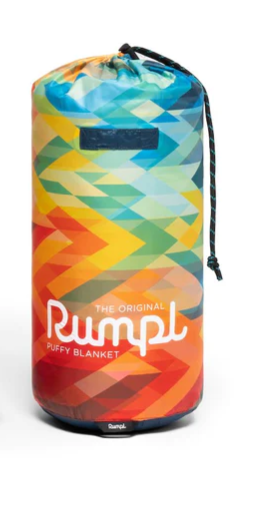
- Your passport. Sometimes the most basic things are the easiest to forget. Triple check your passport on this one and make sure it’s not expired!
- Snacks. It even surprises me that this made second instead of first on our list, but without the passport, there is no travel. Taking care of your body during international travel is so important which is why we like to bring our own snacks instead of relying on airport food. Nuts and seeds top the list. Whole fruits are good too, for international flights you’ll want to avoid cutting them up before you go as they won’t last the whole flight. Bring your reusable water bottle to fill once you get through security and to use throughout your trip.
- Rumpl. The weatherproof, all-season puffy Rumpl blankets are engineered to take on any adventure. Mine has gone international a few times! While it is great at the destination, it also is my must have on planes. Cozy Level – expert. Not only is it the BEST blanket, but it’s made by an environmentally responsible business. The blankets use 100% post-consumer recycled materials and the business recycles over 5 million discarded plastic bottles through their supply chain every year.
Packing Your Photography Items
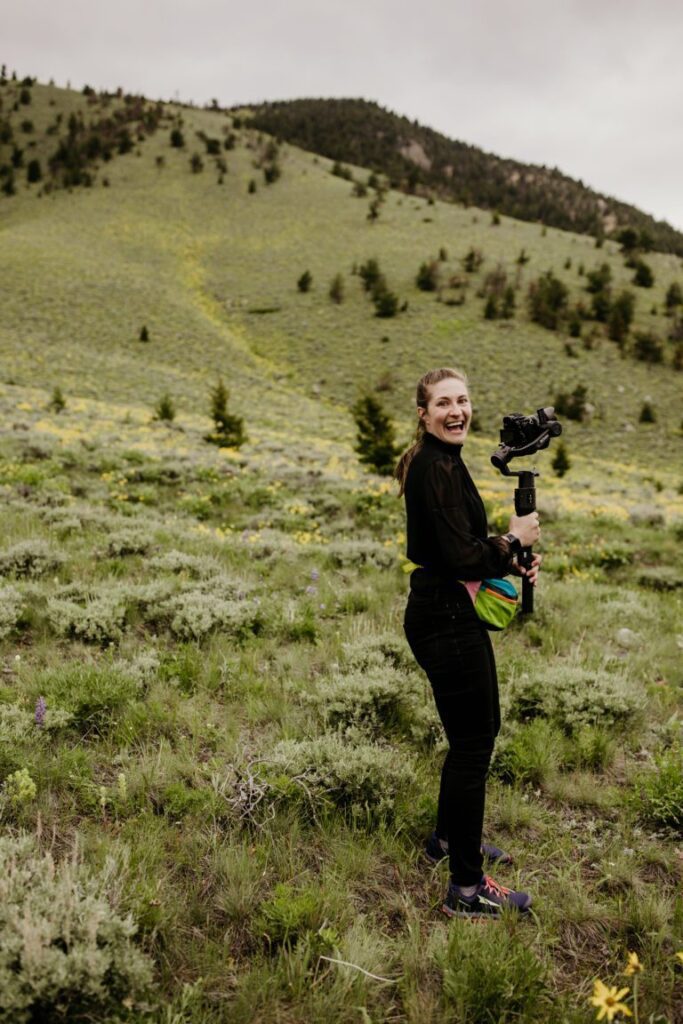
- Undeveloped film. Put undeveloped film and cameras containing undeveloped film in your carry-on bags. As Pop Photo explains, “Do not put unexposed or undeveloped film in checked baggage, ever. The scanners used for checked baggage are more powerful than those used in carry-on luggage and will very likely fog your film. Film and loaded cameras should always be taken in carry-on luggage.”
- Tripod. The European Union Aviation Safety Agency (EASA) allows camera tripods in carry-on baggage, but they must be securely stowed and not obstruct the aisle or emergency exits. In most cases, tripods that are shorter than 62 inches and lighter than 15 pounds can be brought on board as carry-on baggage, while those that exceed the weight and size limits must be checked in.
- Camera. How do I pack my camera for travel? Plan ahead! You will take the camera out of the bag at the airport and deposit it in a separate bin for screening. Fun fact, your camera could classify as a carry on item! A personal item is normally something like a purse, laptop, backpack or camera case. Personal items should always be small enough to fit underneath the seat in front of you.
As for WHAT camera to bring, Our buddies at The Photographer’s Passport break it down, “If you want a camera that you know is going to produce really great travel photos, for the everyday consumer there are two clear choices, either a DSLR or mirrorless camera. There are pros and cons to both options but when it comes to travel photography I believe that a mirrorless camera is the better option for their size and weight.” If mirrorless is for you, we recommend the Nikon Z 7II FX-Format Mirrorless camera body.
Packing your Checked Luggage on our International Packing Guide for Photographers
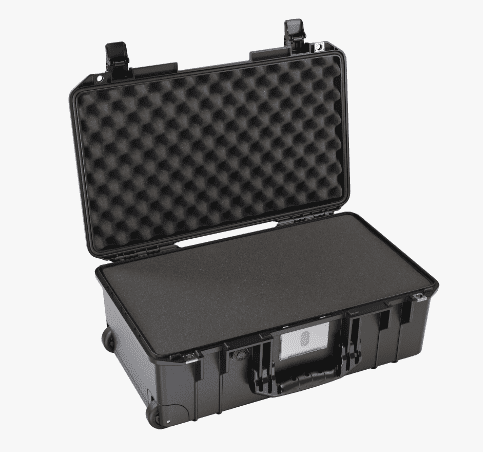
For the photography gear you have to place in checked luggage, keep it safe in a crushproof, dustproof, watertight, universal hard case for the best protection. Pelican Air cases are all of that AND a dry box storage of camera, dive gear, equipment, electronics, drones, and more. Lockable and TSA approved. We love for travelling that the Pelican Air cases are up to 40% lighter than traditional cases. It has an O-Ring seal and pressure equalization valve to balance pressure and keep water out. It also includes Trekpack Dividers, my Type A personality is doing a happy dance.
For your checked bags, invest in an airtag or similar. This will alert you if you left a bag behind or if someone takes your carry-on bag by accident (or on purpose). It wouldn’t be a worthwhile international packing guide for photographers if it did not get your packing to your destination!
NOTE – even if you check your camera, you cannot have lithium ion batteries in checked luggage. Make sure to remove all batteries from the cameras and carefully pack them in your carryon.
HOW We Pack
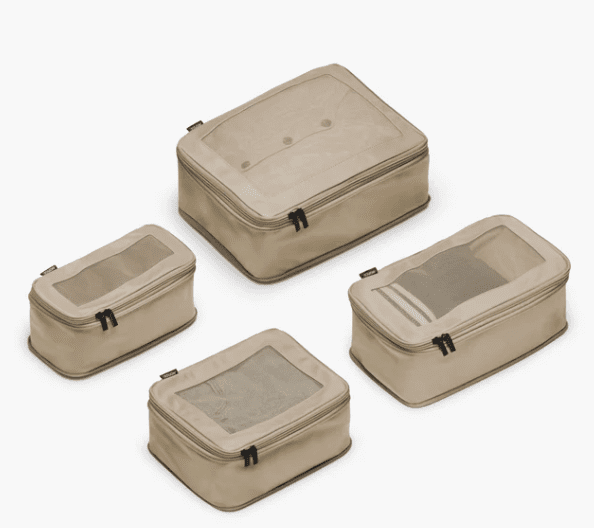
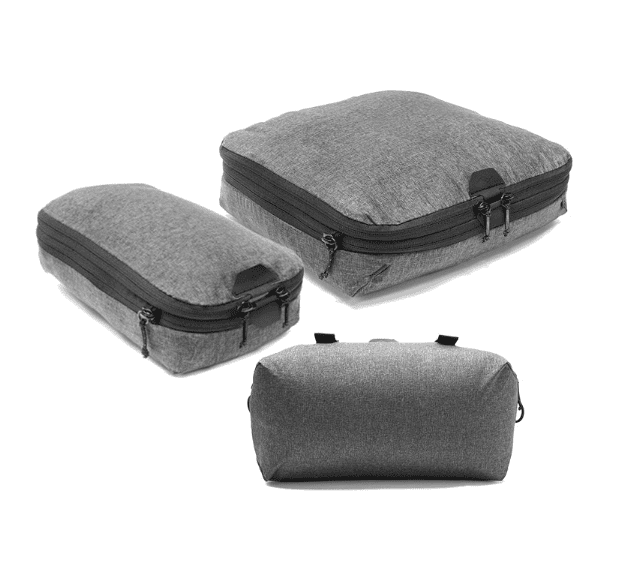
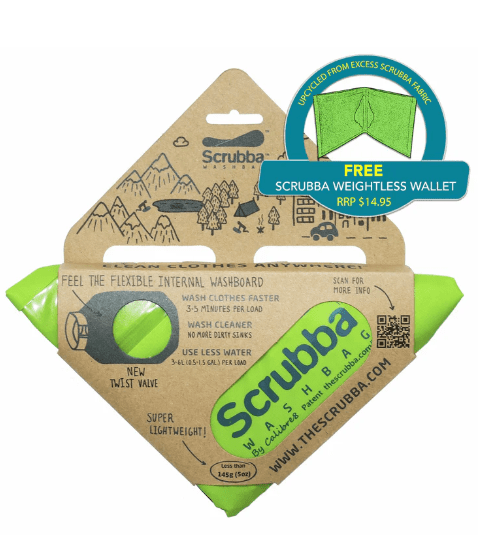
- Camera Cubes. We live by camera cubes. Designed to mount securely in any Peak Design Travel Bag, Camera Cubes give you custom organization and protection, whether you’re carrying a small mirrorless kit or a full professional creative setup.
- Monos Cubes. We are OBSESSED with our Monos bags AND the packing cubes. These packing cubes are practical and efficient, they make your suitcase items more accessible during your travels. Monos’ motto (say that three times fast) is “We’re all guests on this planet, so it’s our responsibility to tread lightly and give back.” We support a company who supports the planet. That simple. Learn more about our conscious tourism philosophy.
- Scrubba. If you haven’t heard of Scrubba we are here to blow your mind. The Scrubba wash bag allows you to wash clothes anywhere IE traveling, backpacking, camping. ANYWHERE! It provides a machine quality wash in just minutes. Simply add water, clothes and cleaning liquid, close the bag and deflate. Rub the clothes against the internal washboard for 30s to 3min, rinse and hang to dry. Trust us, traveling has never been the same.
- Clothing. What should I wear for travel photography? Comfy AF clothes. In our international packing guide for photographers, are clothes that can be versatile. Your camera and equipment will take up a good amount of space so all of your clothes should be multi use. Wear a pair of leggings to enjoy lunch and to photograph in. Pick out a pair of durable shoes that you know you’ll be able to walk around in. Winters tend to be harder to pare down, because, you know, layers. Summer can be easier to travel in- just don’t forget the sunscreen!
International Packing Guide for Photographers – Photos 411
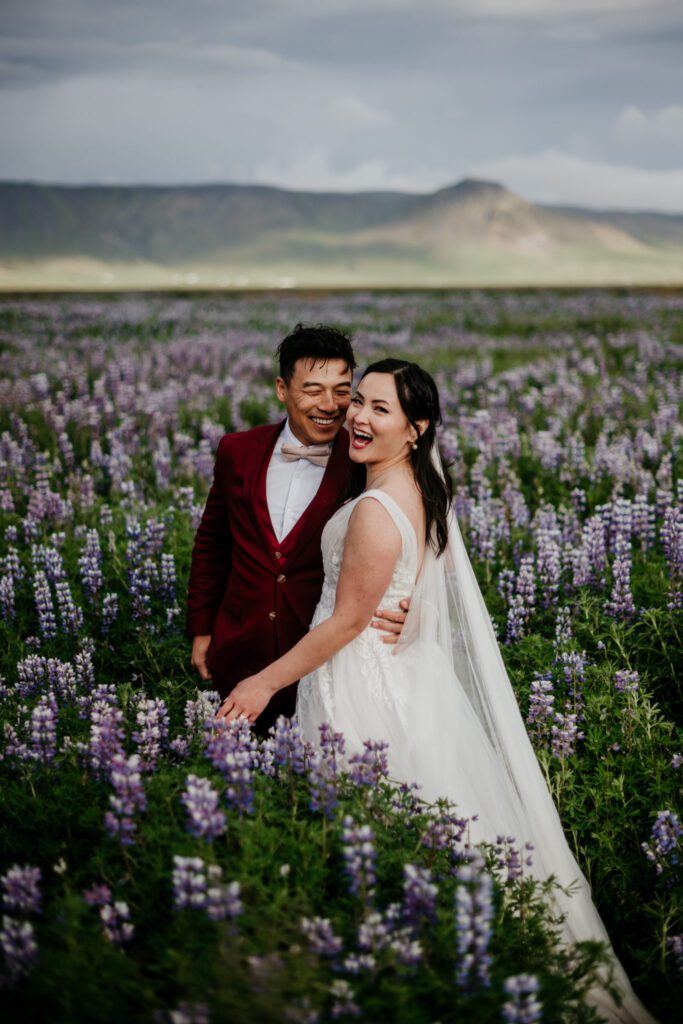
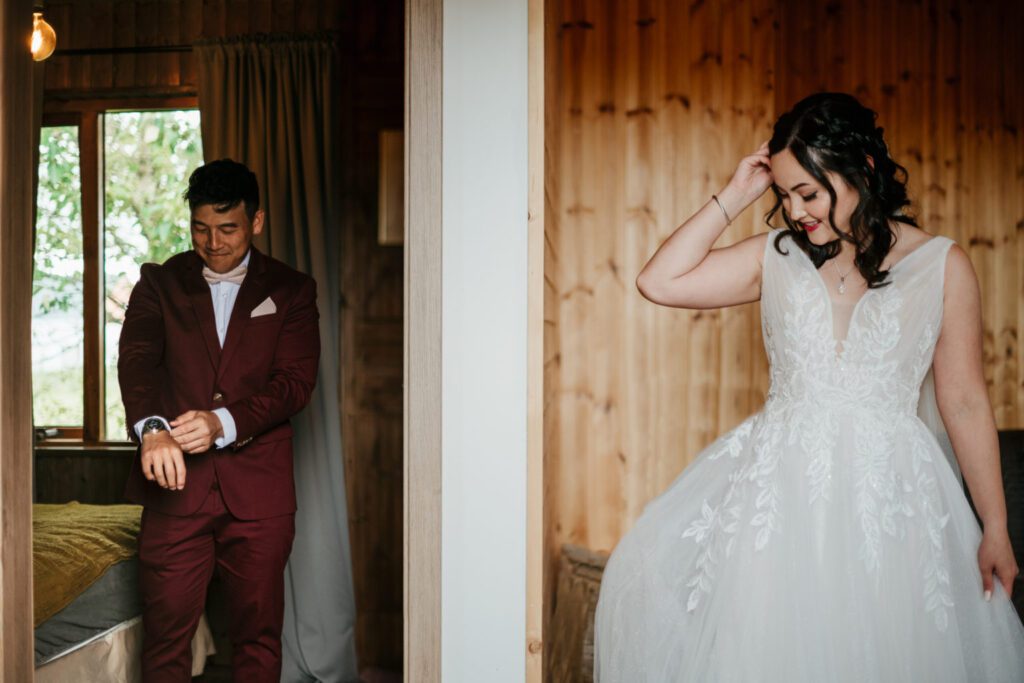
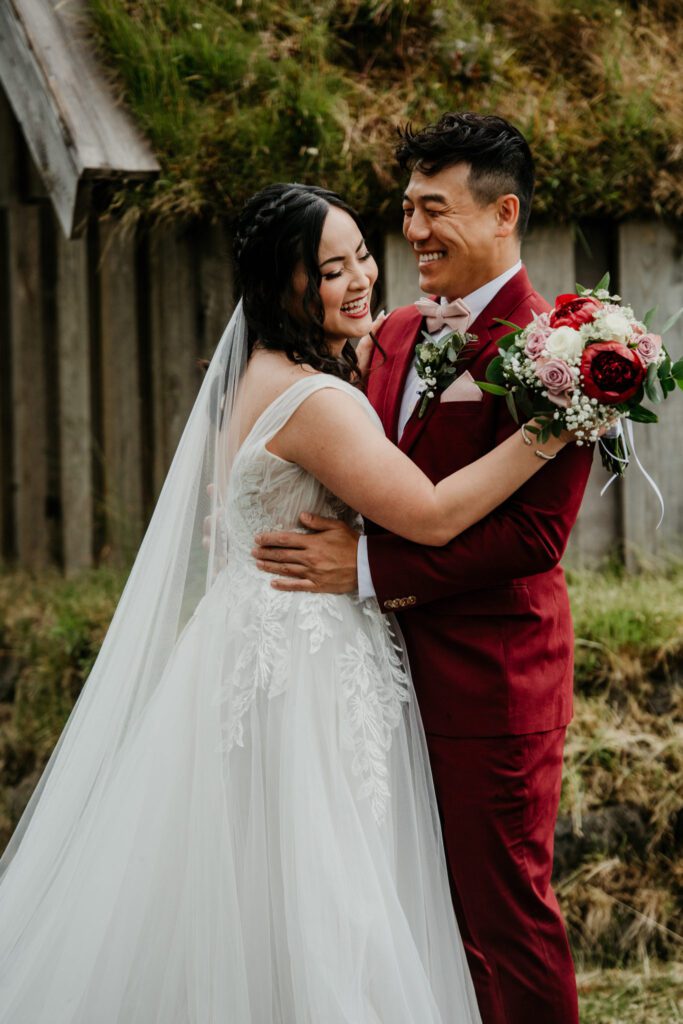
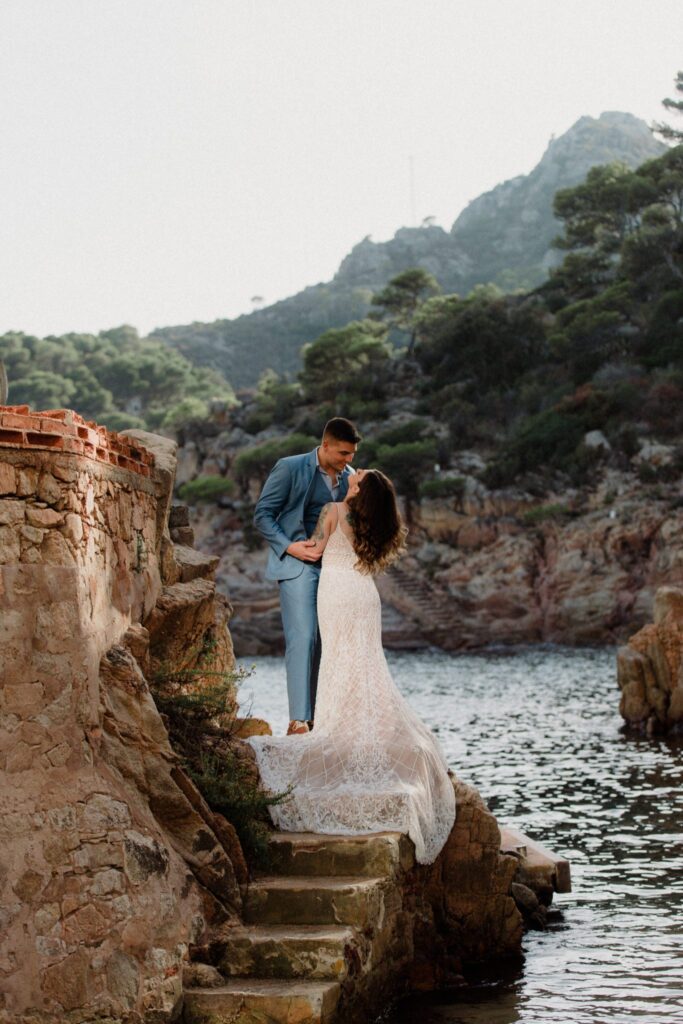


You get there, you’ve done the damn thing, you are almost ready to go home. First, BACK. UP. YOUR. PHOTOS!! If you take away nothing else, take away that. Bring an external hard drive. An easy solution is a 4 x 64GB SD card. Store them in a shock and waterproof case to keep your photos safe. Micro SD cards fits in a GoPro and in a normal camera using a card adapter. Water-Resistant memory card holder to keep your memory cards safe.
Also, don’t format your cards until you are home. We live by the guideline to never format a card until you are positive it’s in 3 safe places and until they’re delivered to your clients. This can be a combination of a second card, hard drives, or an online gallery. This makes it near impossible for mistakes to happen!
Happy flying! Let us know how our international packing guide for photographers works for you! Can’t wait to see your AMAZING elopement photos. If you know this is what you WANT, but need some help getting there, join our Adventure with Us coaching program. You will JOIN US on an elopement and learn the ropes first hand.
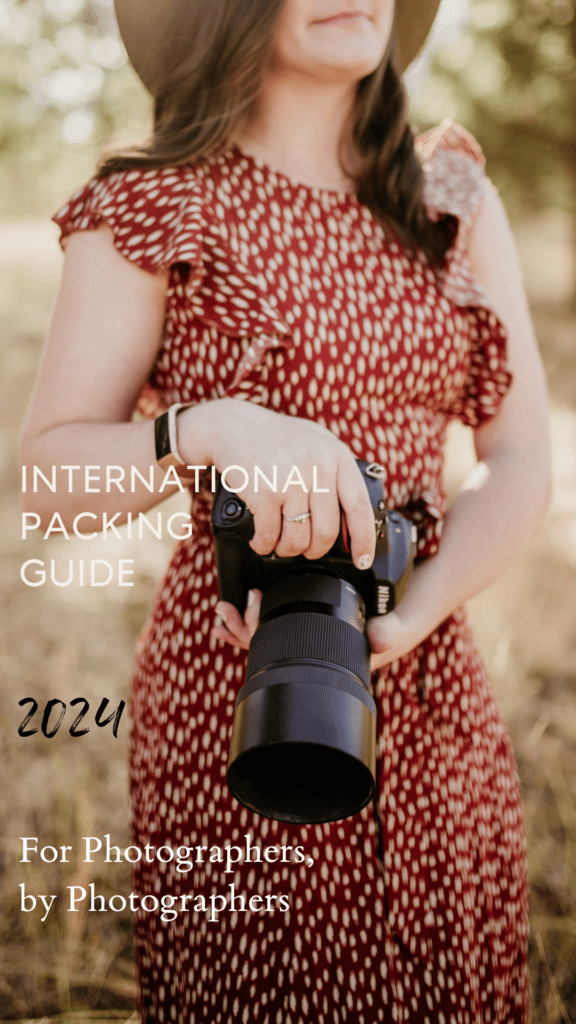


2025/26
TRAVEL SCHEDULE
SHORTER 1-4 HOUR SESSIONS AVAILABLE FROM $850
ELOPEMENTS AVAILABLE FROM $5400
AT THE FOLLOWING LOCATIONS AND DATES:
Iceland: SEPT 12
Cabo, Mexico: DEC 27-30
2026
Costa Rica: FEB 18-22
Kenya & Zimbabwe: MAY 10-19
Bozeman/Big Sky: JUN 18-19
Glacier National Park: JUL 14 & 16
FOLLOW @HONEYBEEWEDDINGSMT FOR UPDATES!
1:1 time is my love language, so let's find out if we're a good fit!
*BUCKET LIST LOCATIONS = BIG DISCOUNTS*
KENYA, ZIMBABWE, SOUTH AFRICA, PATAGONIA, ALASKA, MALDIVES, NORWAY
Leave a Reply
popular posts/
Are you more of a beach babe, mountain man/mama, foodie, or want a relaxation station? Find out in our buzzfeed style quiz-- you know you want to!
WHERE YOU SHOULD ELOPE ACCORDING TO your ZODIAC
SIGN
Take the quiz
Find out now!

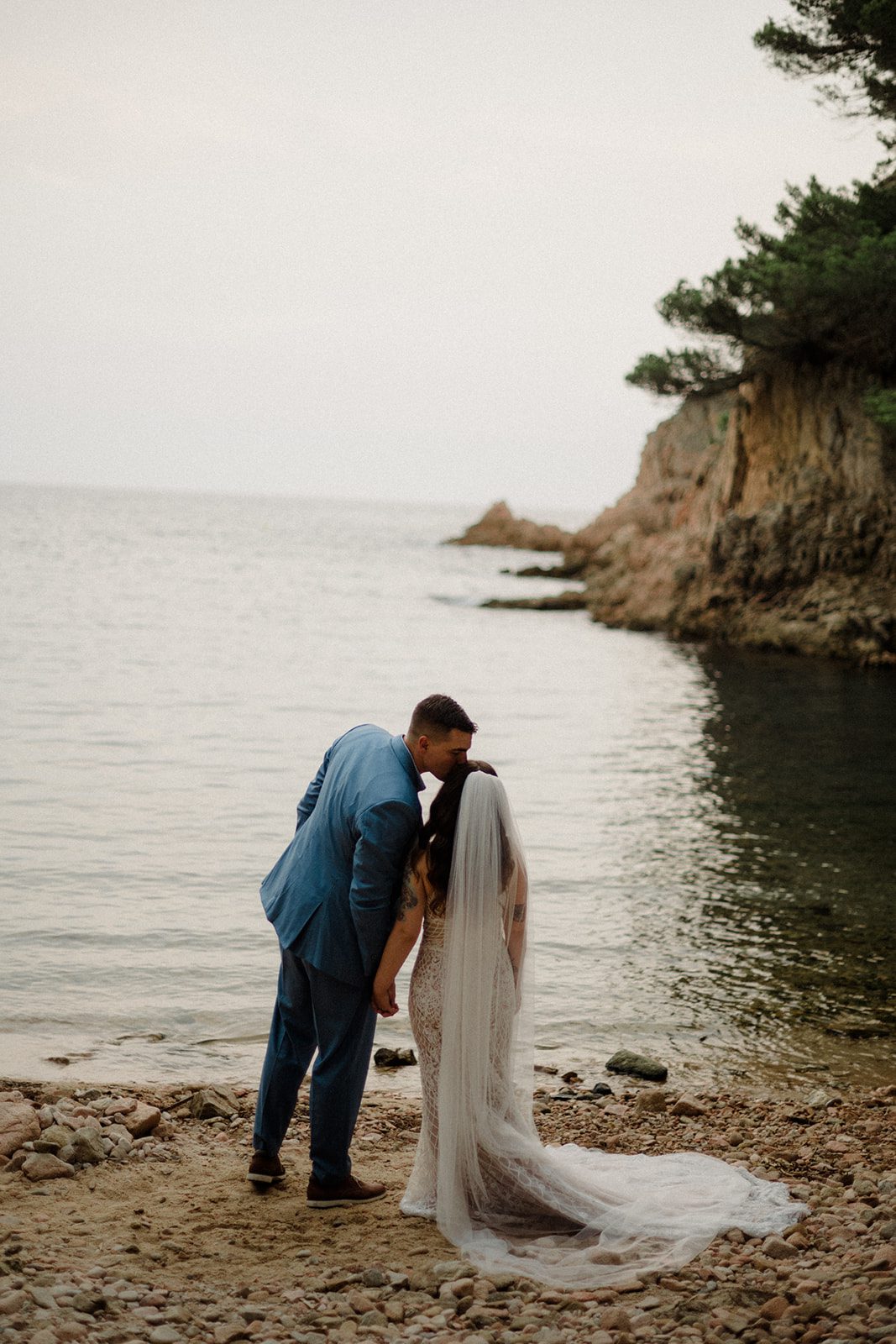
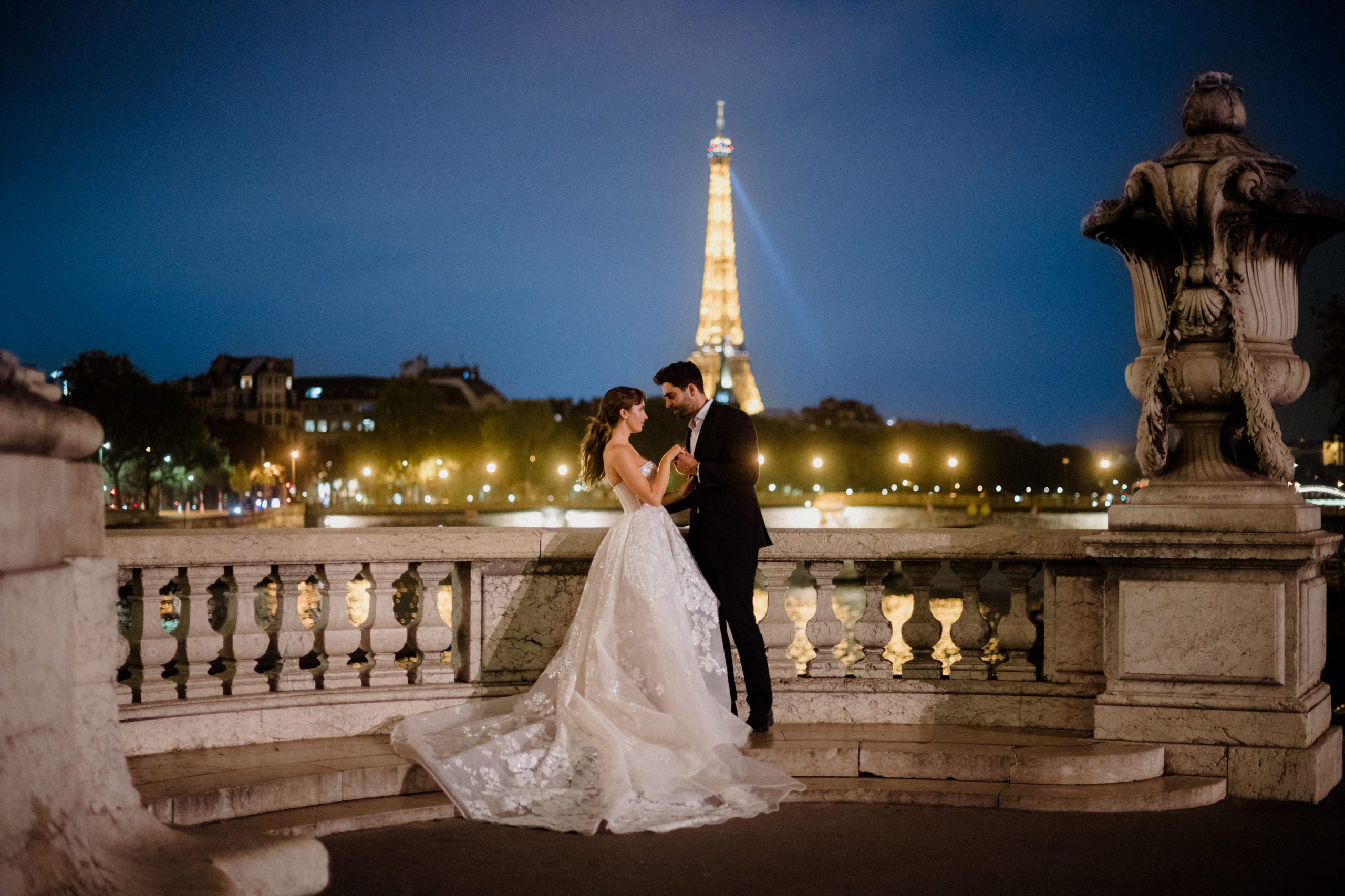
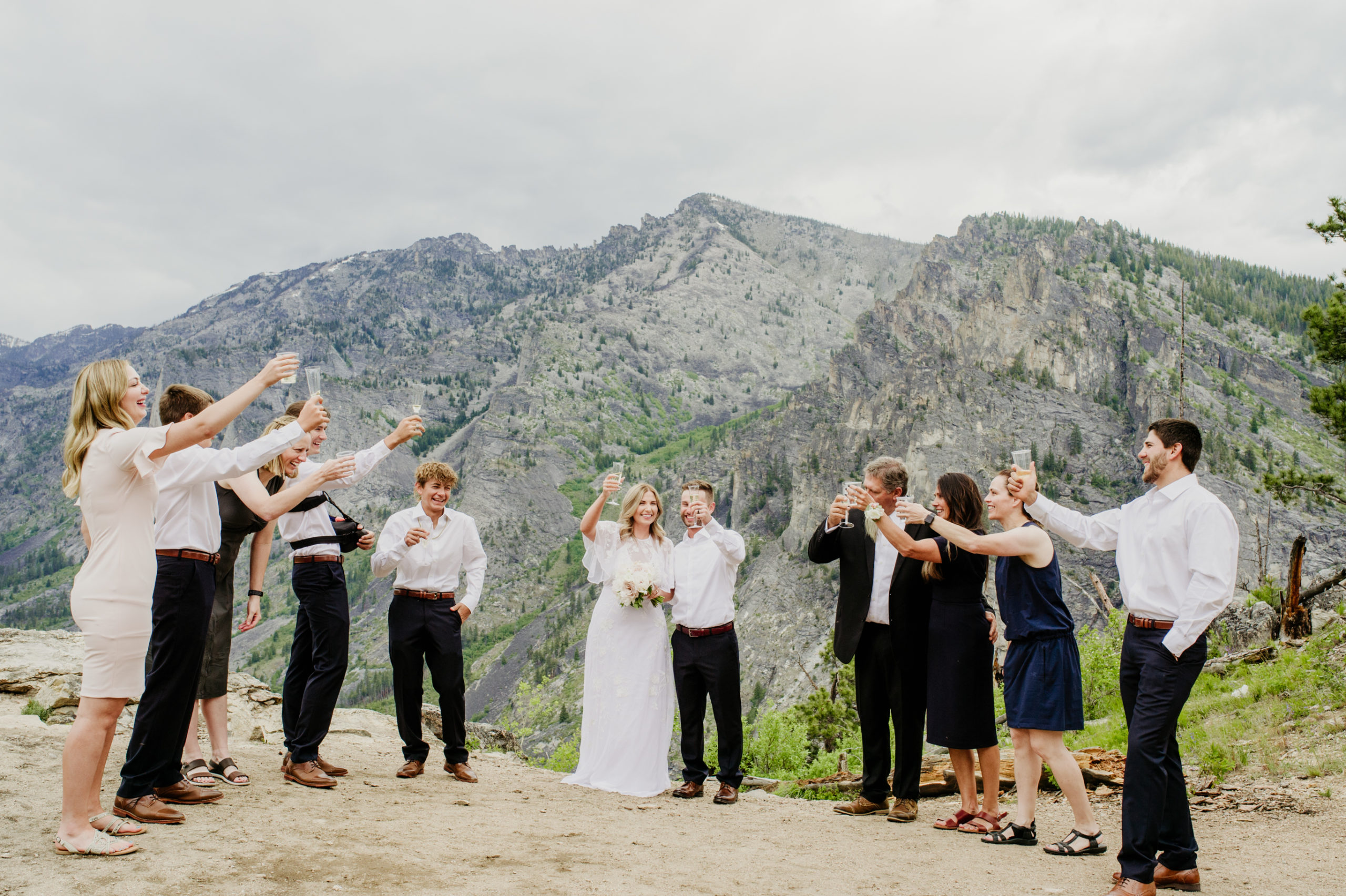
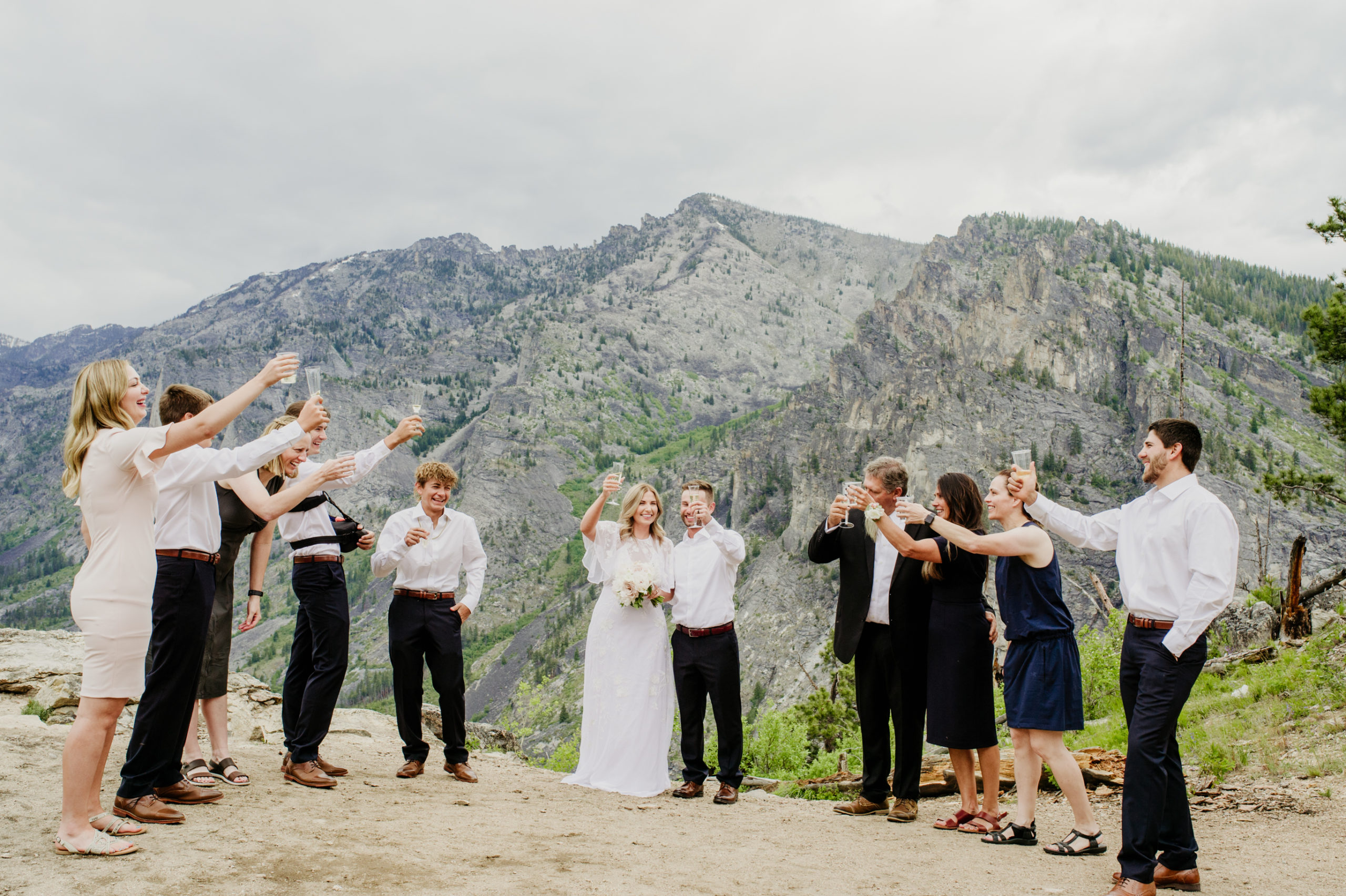
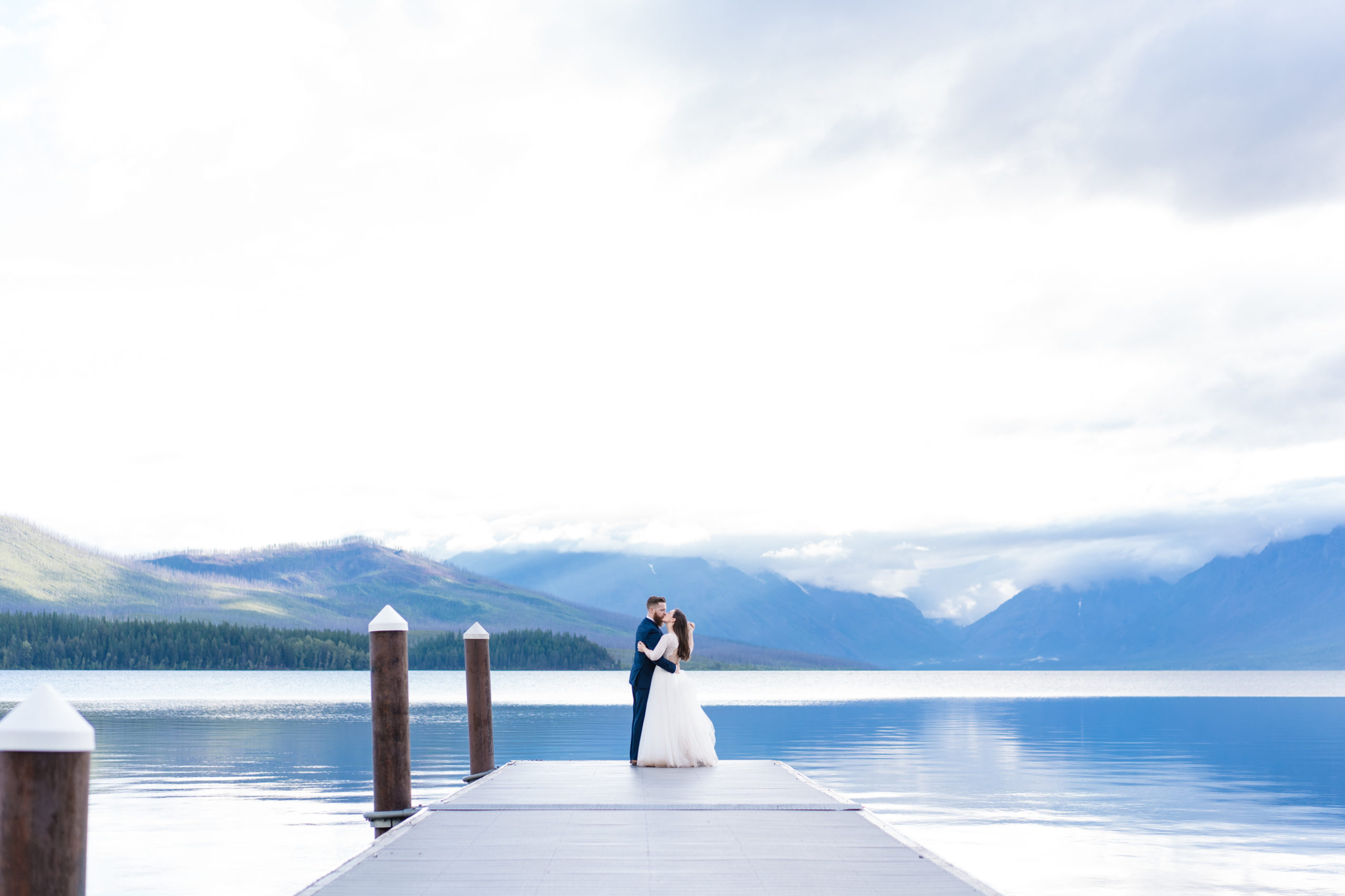
Post Comments